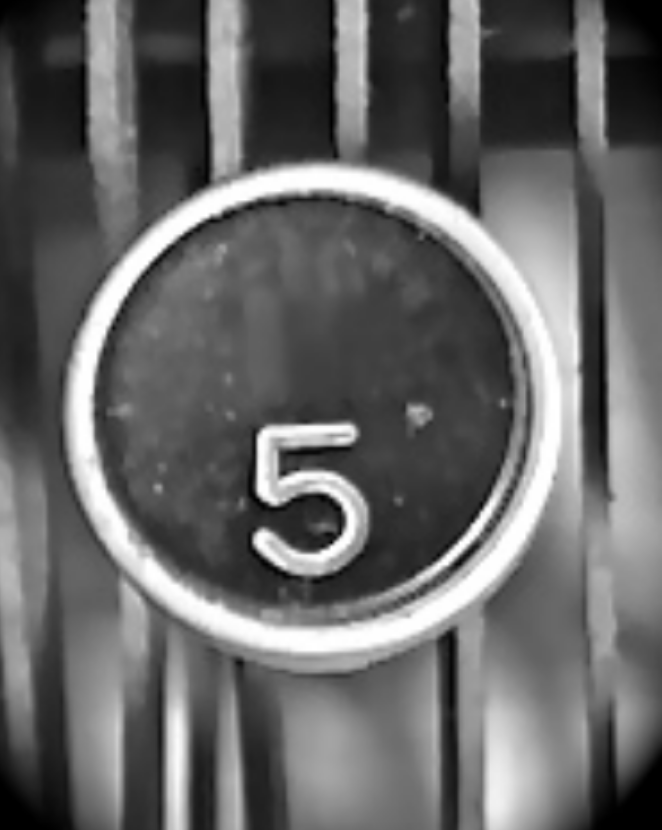5 HOT BOOKS: How Trump is Destroying America, a Life with 7 Dogs, and More
/1. Hiding in Plain Sight: The Invention of Donald Trump and the Erosion of America by Sarah Kendzior (Flatiron)
In the fall of 2015, Kendzior predicted Trump’s election and began warning against an “American autocracy, wrapped in a tabloid veneer,” rising from “economic decline and political chaos.” Her original perspective was formed by her life in Missouri, the “bellwether of American decline,” and grounded in her research on dictatorships, particularly Uzbekistan and its kleptocratic leader who abused executive power to enhance personal wealth. Building on Kendzior’s earlier bestseller, the essay collection The View from Flyover Country, her highly readable and well-documented new narrative explains the development of an elite criminal network in America, how digital media has shaped repression and protest, and how globalization has allowed the proliferation of organized crime. Need more of a Kenzior jolt? Catch her podcast Gaslit Nation.
2. Good Boy: My Life in Seven Dogs by Jennifer Finney Boylan (Celadon)
With her distinctive wit and charm, Boylan reviews her life through the seven canines that have marked chapters of her life. From Playboy, the Dalmatian of her childhood, to, more recently, Ranger and Indigo, the unconditional love of those four-legged companions supported her through her transition and provided glue to bind her family together. Unsentimental, revelatory about her questioning and self-doubts, the author of the groundbreaking She’s Not There: A Life in Two Genders (2003), New York Times columnist and Barnard College professor Boylan pays homage to the pets who have helped make Boylan who she is today: “Everything I know about love I learned from dogs.”
3. Five Days: The Fiery Reckoning of an American City by Wes Moore, with Erica L. Green (One World/Random House)
The death of Freddie Gray while in police custody five years ago thrust Baltimore into the spotlight, and now activist Moore, head of the anti-poverty Robin Hood Foundation, takes a polyphonic approach to the aftermath as the city erupted in violence. Moore (working with journalist Green) considers the period through the perspectives of very different Baltimoreans, including a police commissioner, a City Council member, a juvenile public defender who spoke up for jailed protesters and tangled with police, the sister of a victim of police brutality, and owners of the Orioles. While the case drew national interest, Moore’s focus on how it radiated through Baltimore, exposing its racial and income inequalities, makes for compelling reading that inspires consideration of power dynamics imbedded in urban America.
4. Half Broke: A Memoir by Ginger Gaffney (W.W. Norton)
In her deeply affecting debut memoir of her experiences as a horse trainer and teacher at an alternative prison ranch in northern New Mexico, Gaffney recounts the stories of the wounded horses that end up there and the troubled felons learning how to reach them — “strong men and women beaten down by poverty, by family history, by the prison system,” she writes, “unknowingly communicating their pain to horses.” Horses, she explains, broadcast their needs through their bodies in a subtle, intuitive language. In compelling vignettes, Gaffney draws on her experience as an isolated young woman to capture the nuanced characters of both the offenders and the horses, including Belle, the mare who “hinged the broken parts of me back together.”
5. Dead Land by Sara Paretsky (Morrow)
With her 20th V.I. Warshawski novel, Paretsky’s principled, spirited feminist sleuth fights greedy politicians and developers with style and punch. Paretsky braids plotlines in settings as disparate as Chile at the time of Pinochet, the plains of Kansas, and rugged Santa Fe. But Chicago is the hook tying together wildly different characters, from a homeless woman and profiteer developers to an opposing activist who is murdered. Paretsky’s V.I. remains indefatigable, and as she says at one point, “Half Rottweiler, half pit dog. I’m loyal but fierce.”










